From the UNIVERSITÉ DE GENÈVEThe cold exterminated all of themThrough age determinations that are using the radioactive decay of uranium,scientists have discovered that one of the greatest mass extinctions was due to an ice age and not to a warming of Earth temperature.
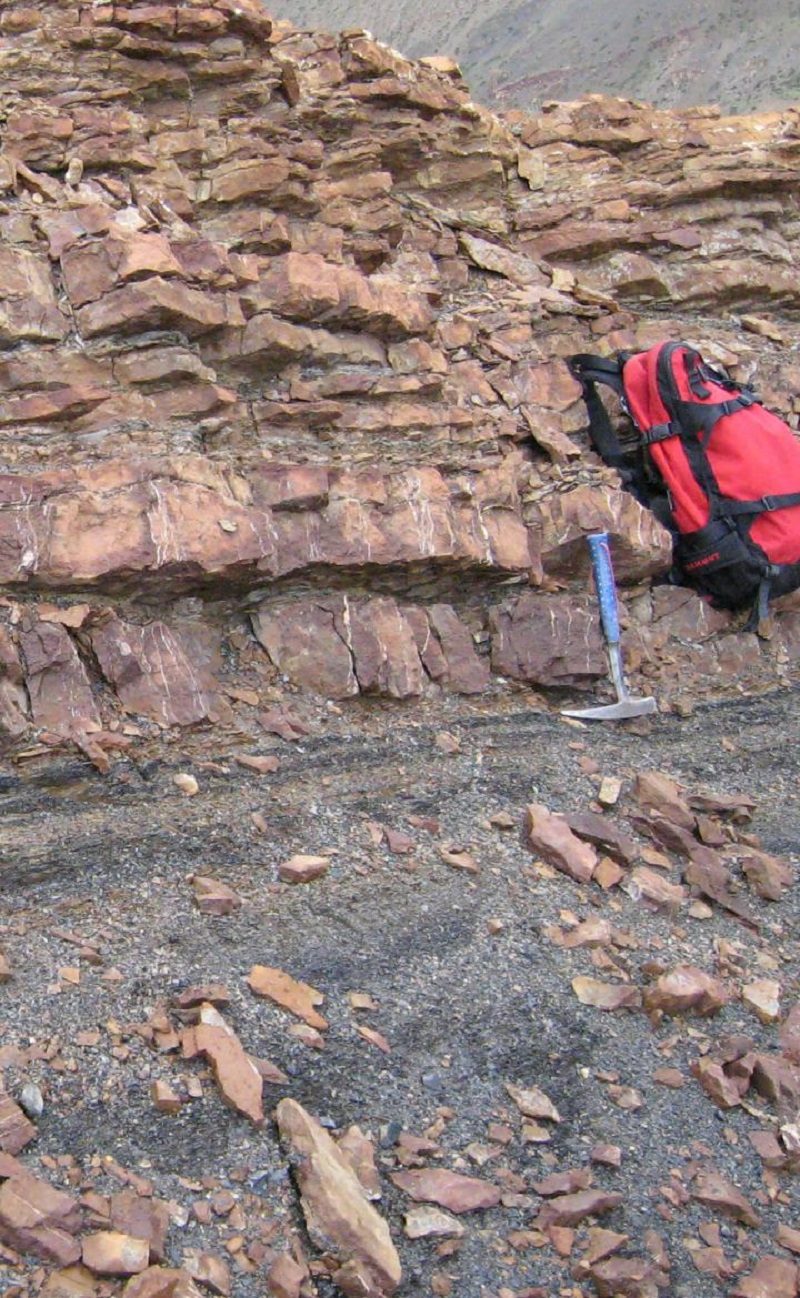
© H. Bucher, ZürichPermian-Triassic boundary in shallow marine sediments, characterised by a significant sedimentation gap between the black shales of Permian and dolomites of Triassic age. This gap documents a globally recognized regression phase, probably linked to a period of a cold climate and glaciation.
The Earth has known several mass extinctions over the course of its history. One of the most important happened at the Permian-Triassic boundary 250 million years ago. Over
95% of marine species disappeared and, up until now, scientists have linked this extinction to a significant rise in Earth temperatures. But researchers from the University of Geneva (UNIGE), Switzerland, working alongside the University of Zurich, discovered that
this extinction took place during a short ice age which preceded the global climate warming. It's the first time that the various stages of a mass extinction have been accurately understood and that scientists have been able to assess the major role played by volcanic explosions in these climate processes. This research, which can be read in
Scientific Reports, completely calls into question the scientific theories regarding these phenomena, founded on the increase of CO2 in the atmosphere, and paves the way for a new vision of the Earth's climate history.
Teams of researchers led by Professor Urs Schaltegger from the Department of Earth and Environmental Sciences at the Faculty of Science of the UNIGE and by Hugo Bucher, from the University of Zürich, have been working on absolute dating for many years. They work on determining the age of minerals in volcanic ash, which establishes a precise and detailed chronology of the earth's climate evolution. They became interested in the Permian-Triassic boundary, 250 million years ago, during which one of the greatest mass extinctions ever took place, responsible for the loss of 95% of marine species. How did this happen? for how long marine biodiversity stayed at very low levels ?

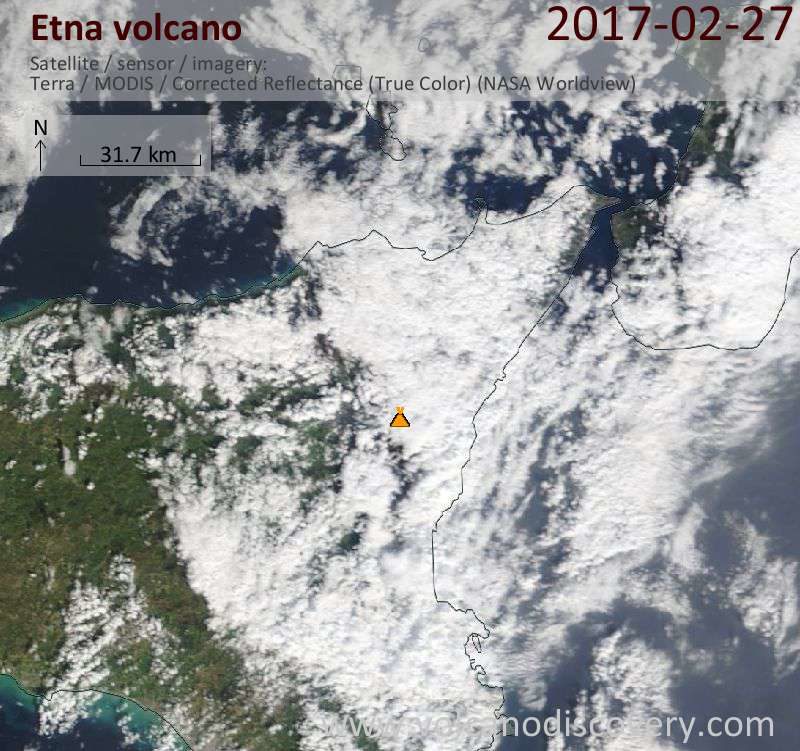
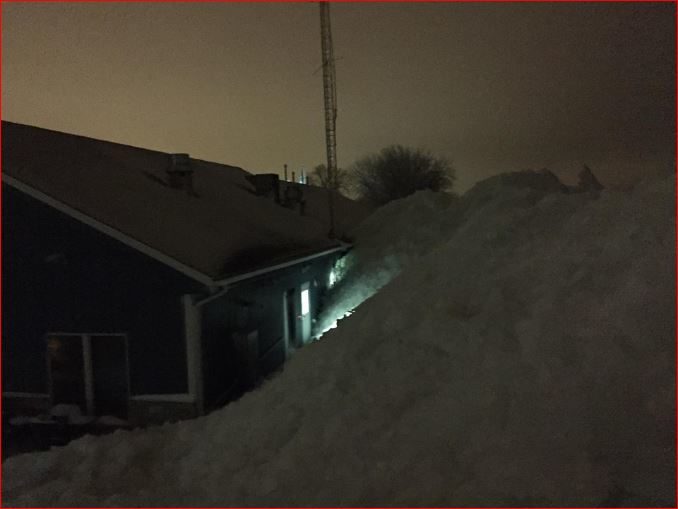
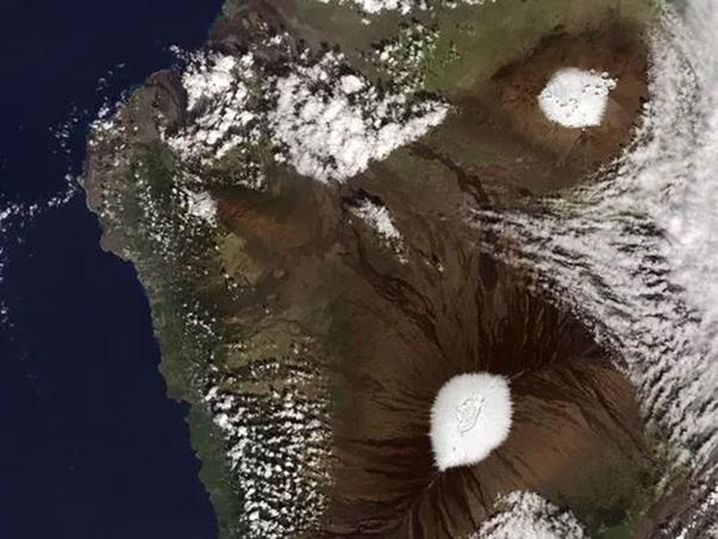
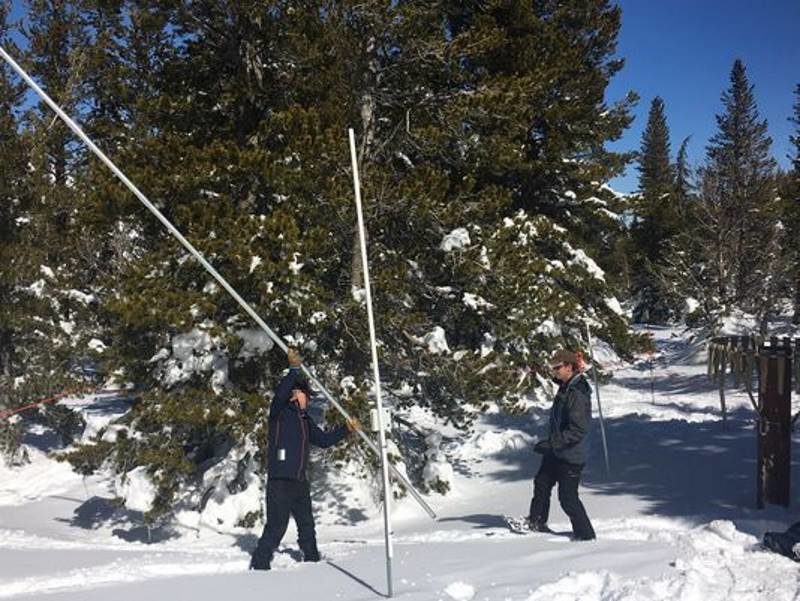
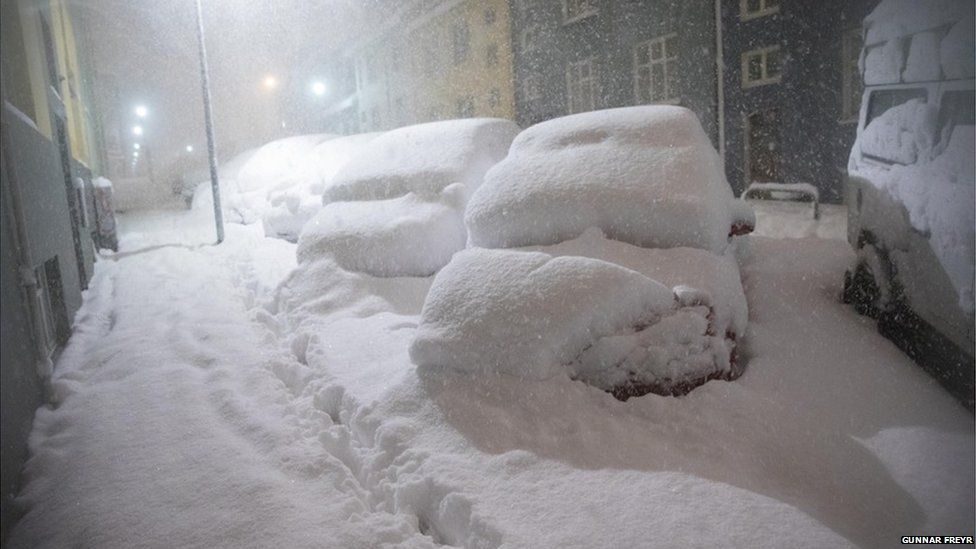

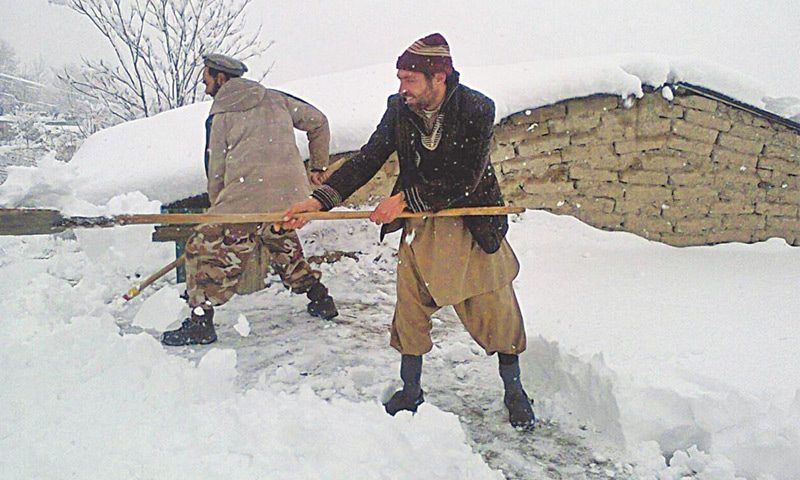

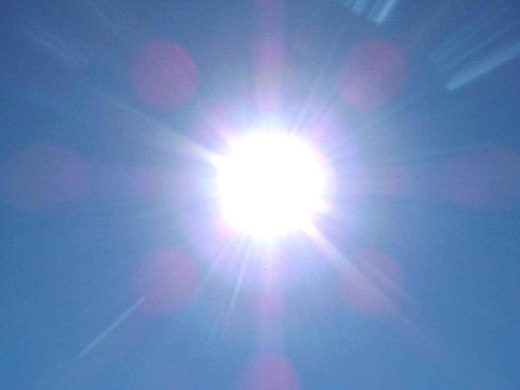



Comment: Meanwhile other parts of the US such as California and Nevada are experiencing record-breaking snowfalls.
See also: SOTT Earth Changes Summary - January 2017: Extreme Weather, Planetary Upheaval, Meteor Fireballs